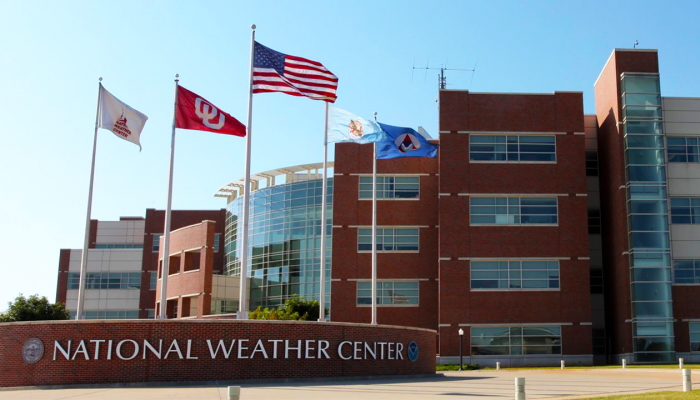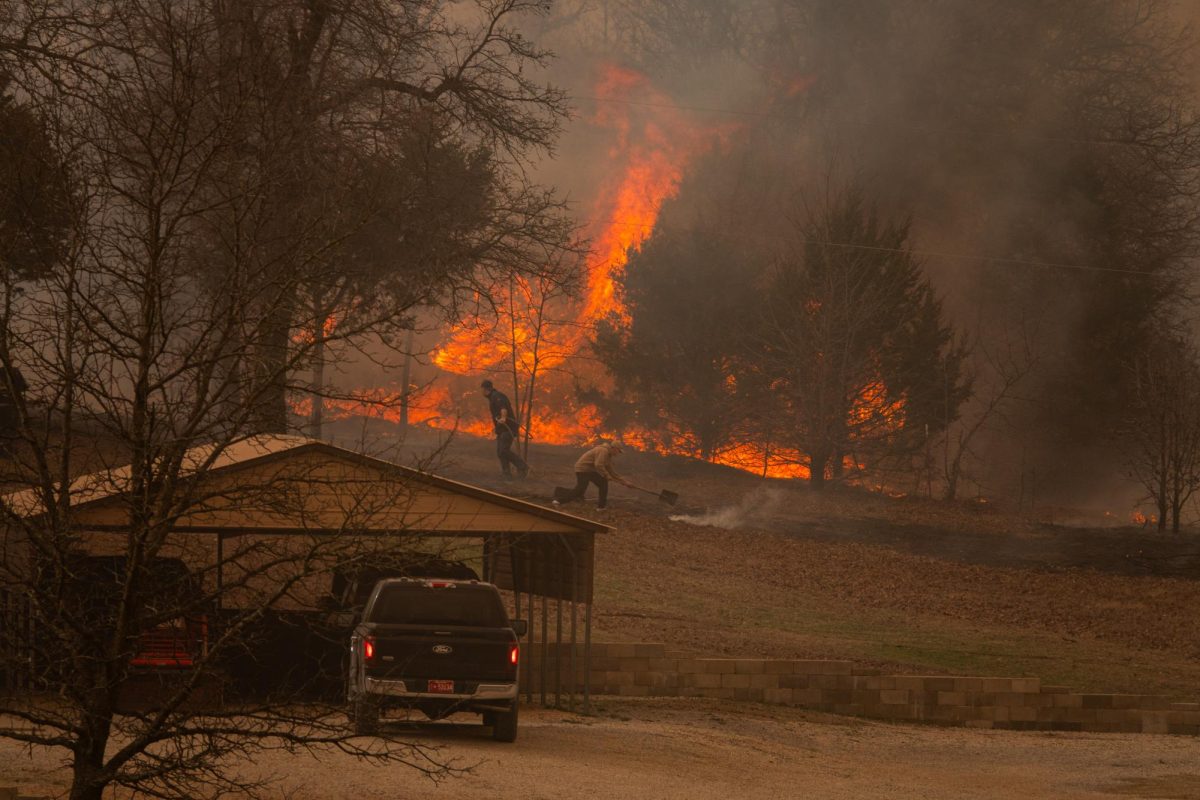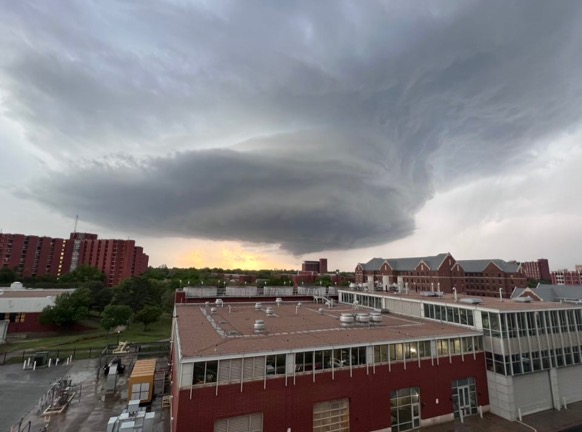The Oklahoma Mesonet is working on adding drones to their toolbox in order to better predict severe weather and tornadic storms.
When completed, the 3D Mesonet project will consist of a drone that rises into the air at set time intervals and takes measurements of the atmospheric conditions. The data it collects could help to identify where convection initiates, which would help meteorologists determine where storms form.
Oklahoma Mesonet towers currently stand at only 30 meters tall. The 3D Mesonet project is being prototyped and tests at 1000 meters in the air. When the program is fully developed in three to five years, the Oklahoma Mesonet hopes to have it functioning at 2000 meters aerially, according to Chris Fiebrich, director of the Oklahoma Mesonet.
This great increase in height would allow the Mesonet to “feed more information to forecasters and modelers about what’s going on in real-time,” said Liz Pillar-Little, a post-doctoral research associate for the Center for Autonomous Sensing and Sampling.
In order to have the program reach its statewide potential, the Oklahoma Mesonet needs a grant from NASA. If given to the Oklahoma Mesonet, the grant would cover the costs to make the project fully possible.





